Dr. Eliza Grames (she/her)
Principal Investigator Eliza is an integrative biologist using quantitative methods, evidence synthesis, and long-term data to understand the effects of rapid environmental change on biodiversity, with a special emphasis on the causes of insect decline and consequences for insectivorous birds.
Eliza is an integrative biologist using quantitative methods, evidence synthesis, and long-term data to understand the effects of rapid environmental change on biodiversity, with a special emphasis on the causes of insect decline and consequences for insectivorous birds.
Dr. Chris Halsch (he/him)
Postdoctoral Associate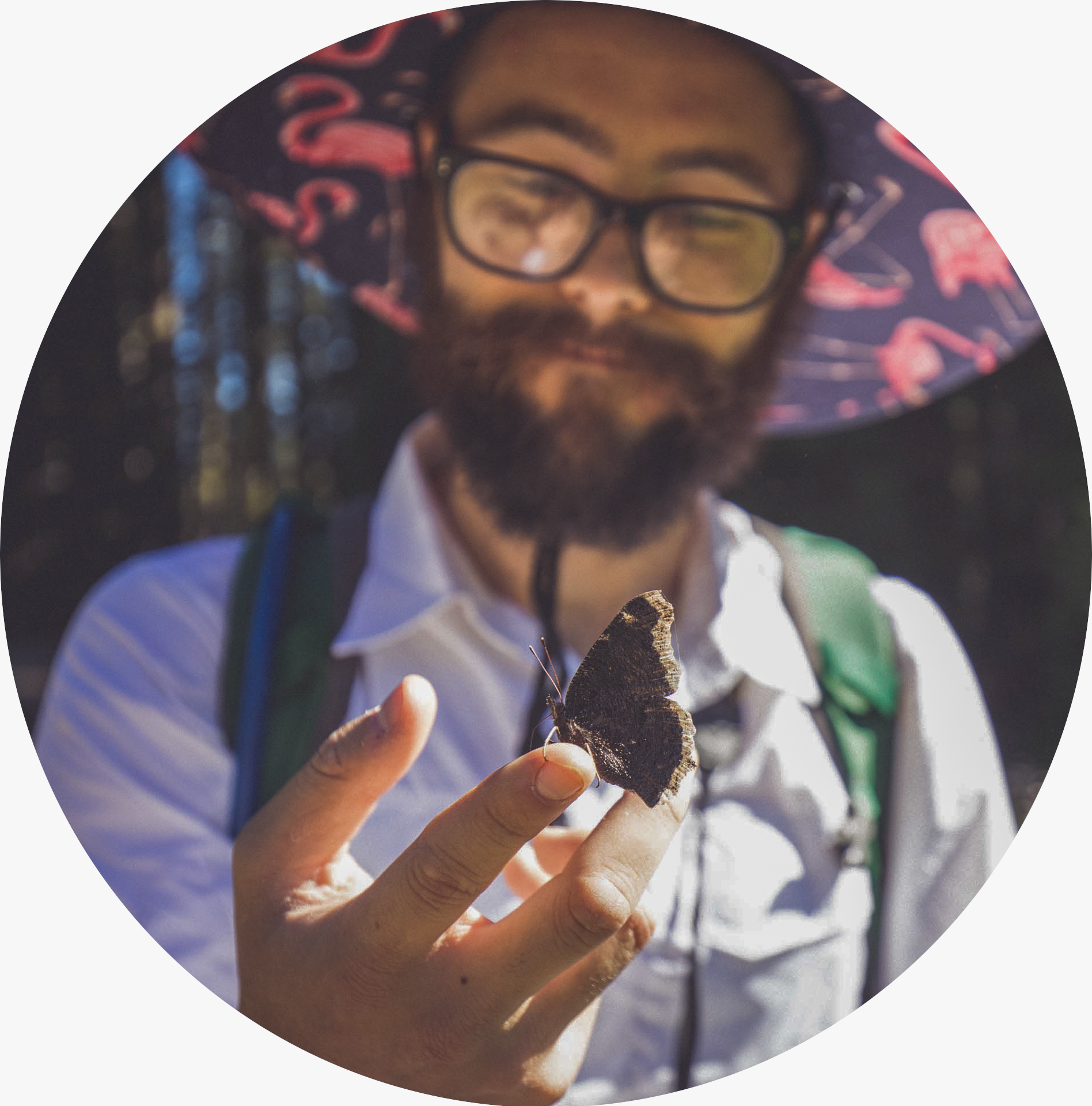 Chris is an ecologist interested in the drivers of long-term insect population trends, especially in the Western United States. He is currently finding ways to spend as much time as possible in the mountains looking for butterflies.
Chris is an ecologist interested in the drivers of long-term insect population trends, especially in the Western United States. He is currently finding ways to spend as much time as possible in the mountains looking for butterflies.
Julianna Yager (she/her)
PhD Student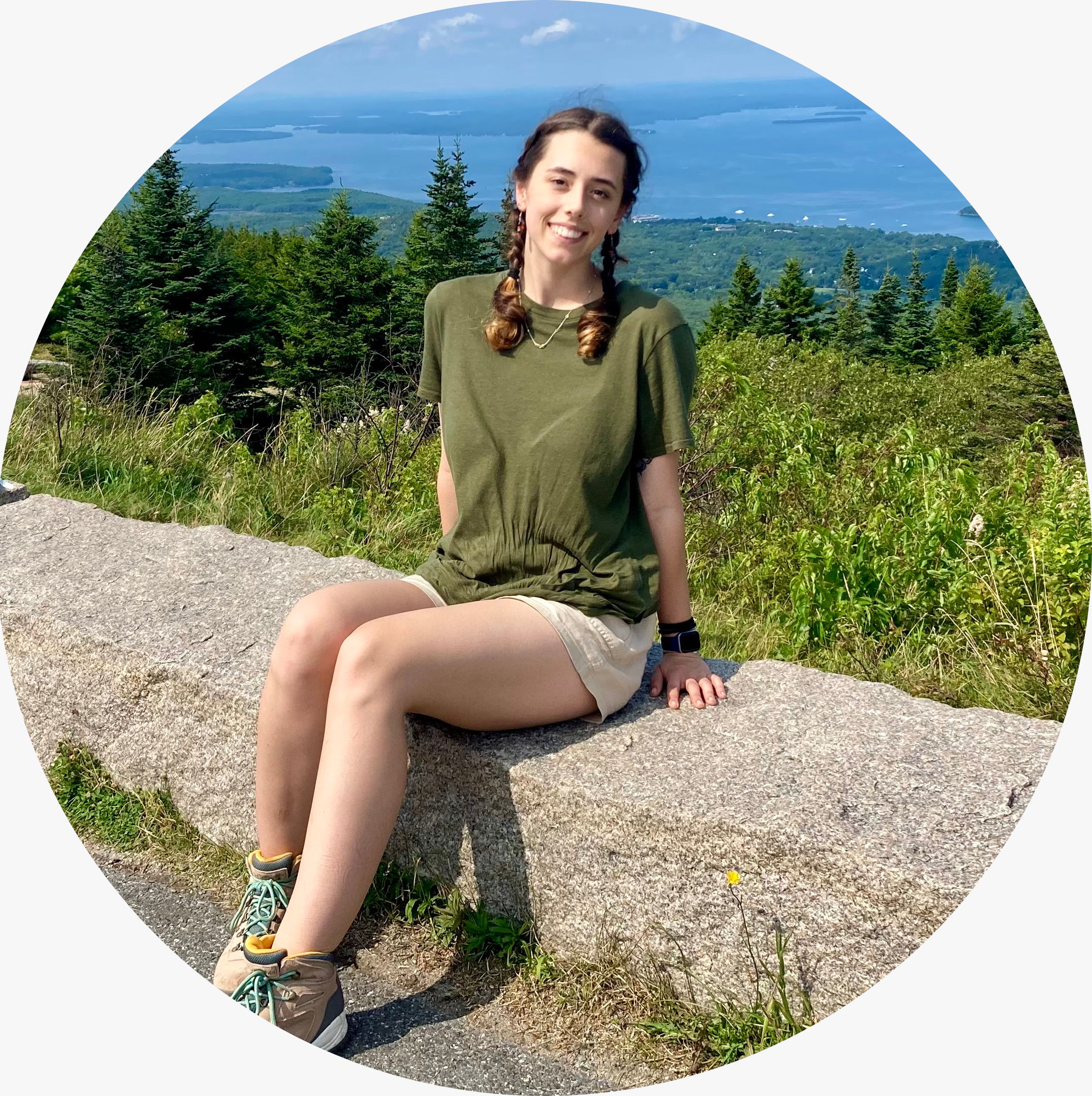 Julianna's research interests lie in using computational models to investigate the cascading effects of climate change on insect dynamics which subsequently influence bird populations. By researching these relationships, she aims to contribute to a deeper understanding of how ecosystems respond to environmental shifts and the far-reaching consequences of climate change.
Julianna's research interests lie in using computational models to investigate the cascading effects of climate change on insect dynamics which subsequently influence bird populations. By researching these relationships, she aims to contribute to a deeper understanding of how ecosystems respond to environmental shifts and the far-reaching consequences of climate change.
Joe Elias
PhD Student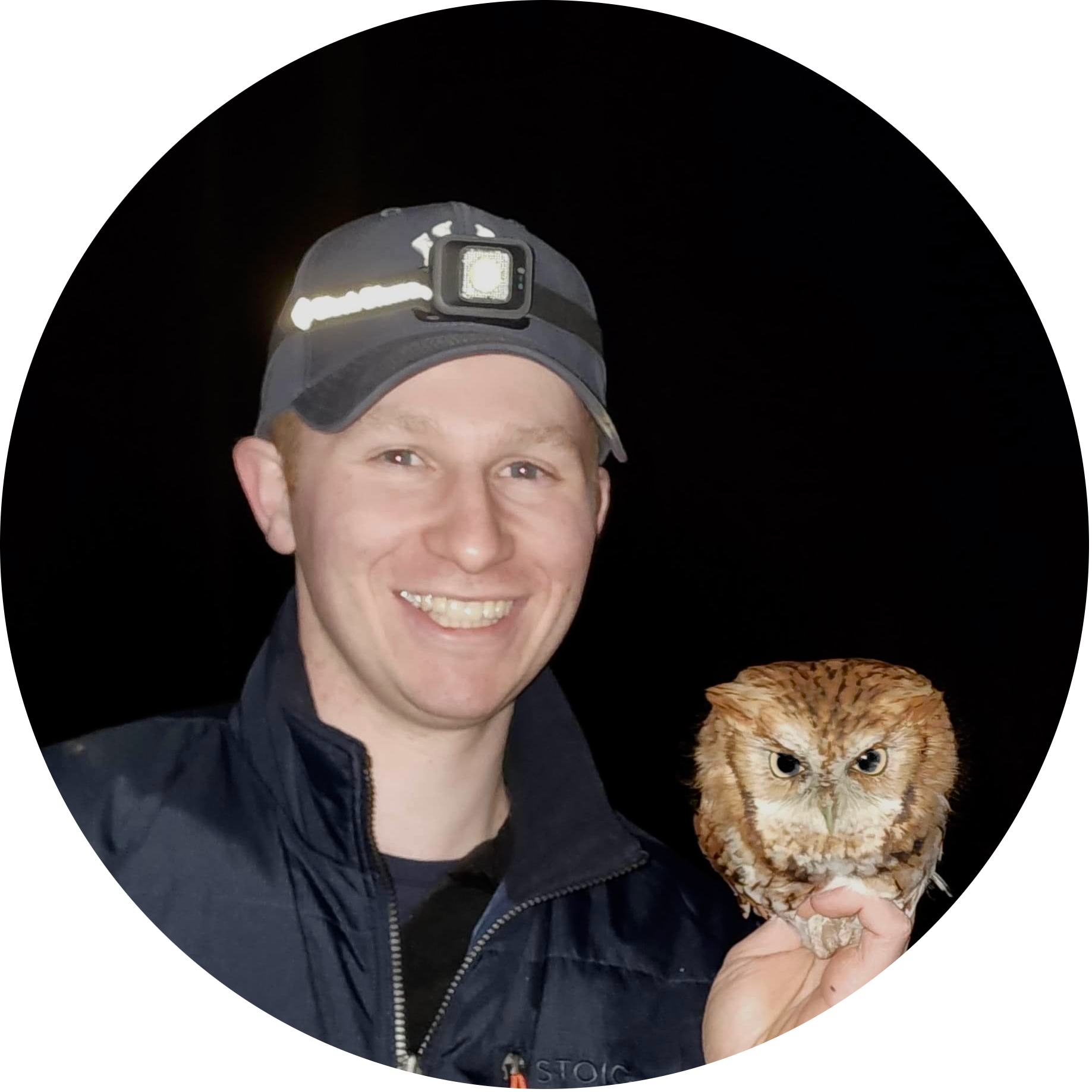 Joe's research focuses on understanding how insect dynamics, particularly those of Lepidoptera, are influenced by anthropogenic factors (i.e., climate change, suburban-urbanization, agriculture). He aims to develop computational and metabarcoding tools to collect and analyze data on Lepidoptera populations across urban gradients. His goal is to investigate the ecological implications of these responses, including potential trophic interactions.
Joe's research focuses on understanding how insect dynamics, particularly those of Lepidoptera, are influenced by anthropogenic factors (i.e., climate change, suburban-urbanization, agriculture). He aims to develop computational and metabarcoding tools to collect and analyze data on Lepidoptera populations across urban gradients. His goal is to investigate the ecological implications of these responses, including potential trophic interactions.
Lexi Caruso
PhD Student Lexi is interested in the interactions between invasive species, crop pests, and native insects in gardens and agricultural systems.
Lexi is interested in the interactions between invasive species, crop pests, and native insects in gardens and agricultural systems.
Jennifer Slater
Undergraduate Student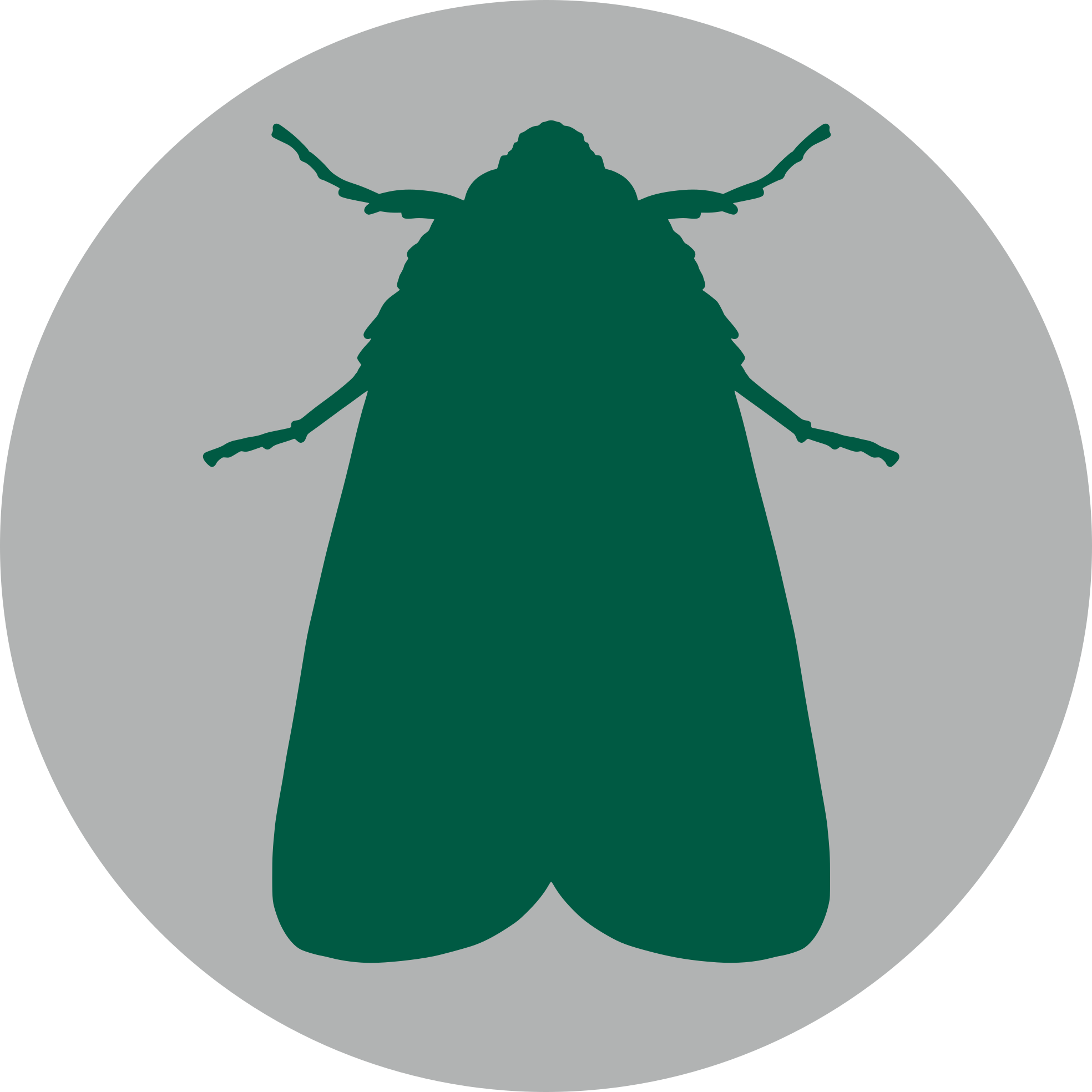 Jennifer is an Honors Thesis student working on computer vision and automated methods for monitoring moths that lack image reference libraries.
Jennifer is an Honors Thesis student working on computer vision and automated methods for monitoring moths that lack image reference libraries.
Casey Lau
Program Manager Casey is the Program Manager who handles administration for the Status of Insects Research Coordination Network.
Casey is the Program Manager who handles administration for the Status of Insects Research Coordination Network.
Lindsey Regan
Undergraduate Student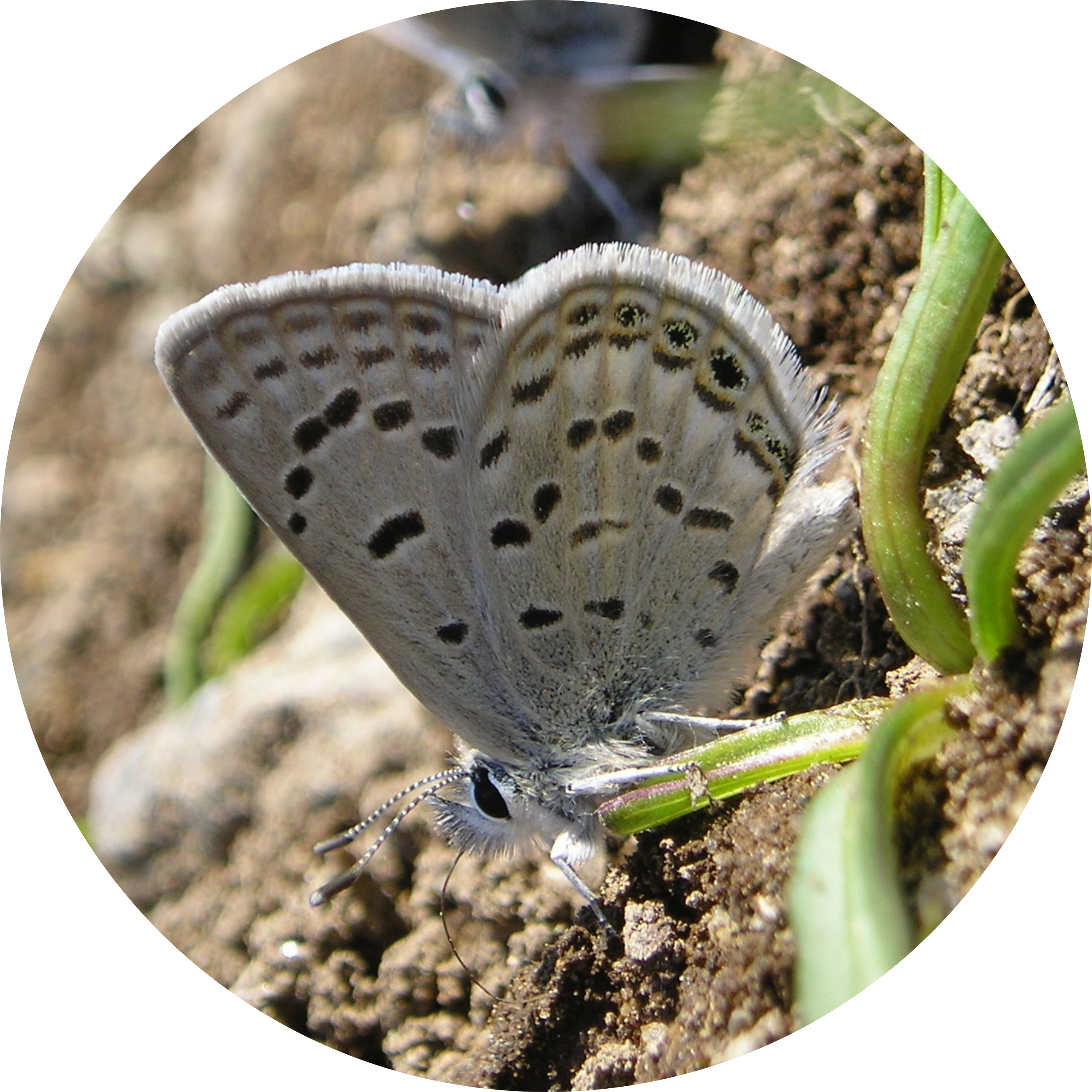 Lindsey is working with Dr. Chris Halsch to estimate the historic and current distribution of Plebejus shasta.
Lindsey is working with Dr. Chris Halsch to estimate the historic and current distribution of Plebejus shasta.
Ari Weingarten
Undergraduate Student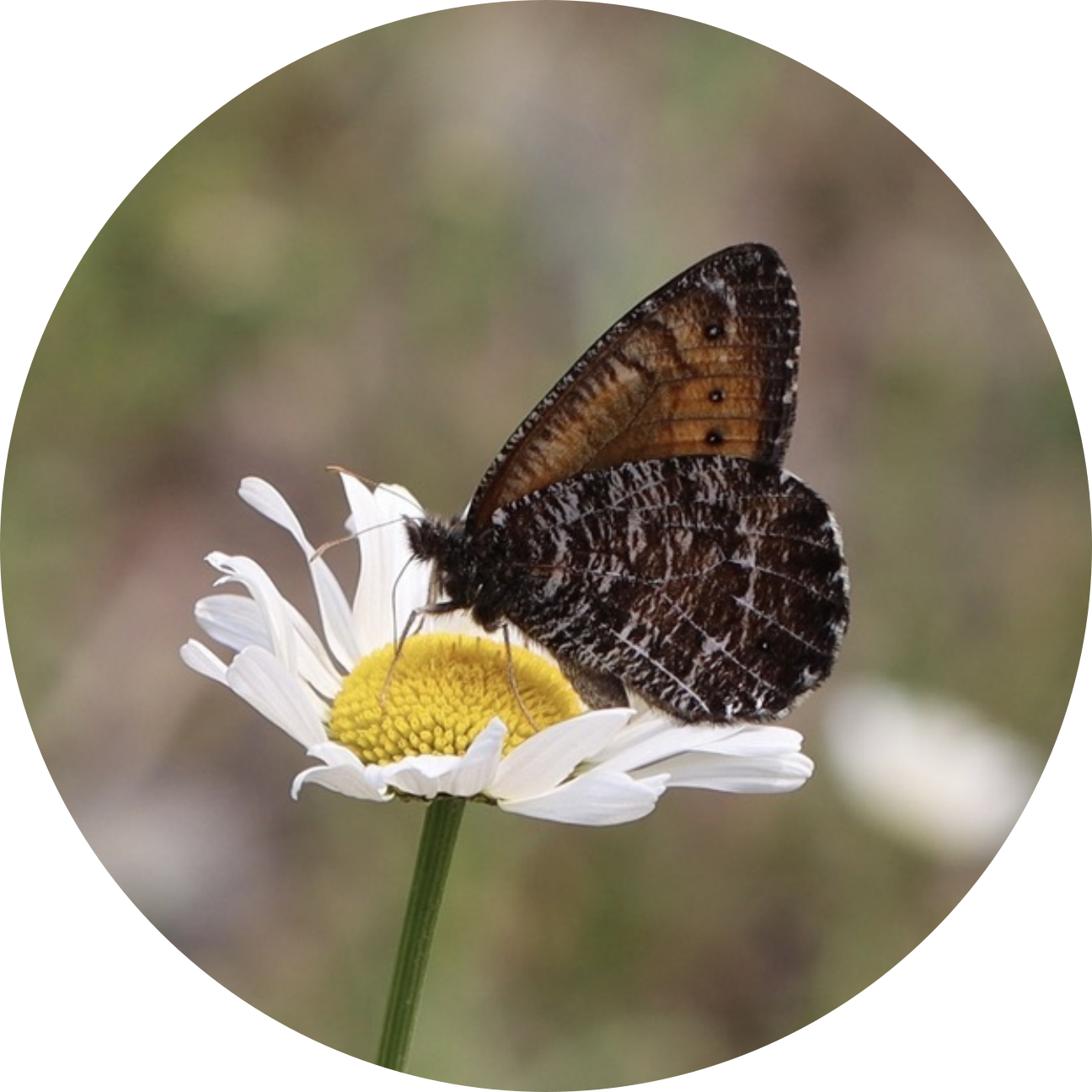 Ari is working with Dr. Chris Halsch to understand potential geologic factors leading to color morphs in Oeneis chryxus across its range.
Ari is working with Dr. Chris Halsch to understand potential geologic factors leading to color morphs in Oeneis chryxus across its range.
Maggie Hines
Undergraduate Student Maggie is working on a literature review of extinction and extirpation predictions in collaboration with the Logan Lab.
Maggie is working on a literature review of extinction and extirpation predictions in collaboration with the Logan Lab.
Lab alumni
- Emma Foster, Honors Thesis 2024 (current: PhD student at University of Michigan)
- Esha Gandham, undergraduate researcher, 2024
- Peter Pavlatos, undergraduate researcher, 2025 (current: MS student at Binghamton University)
- Alison Kryger, Honors Thesis 2025
- Jackie Justo, undergraduate researcher 2025
- Suyeon Jang, undergraduate researcher 2025